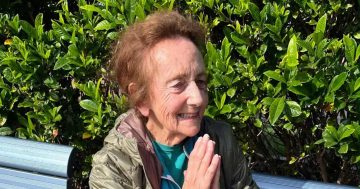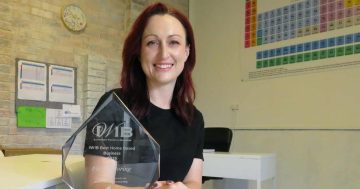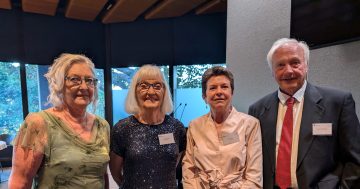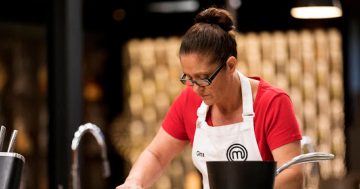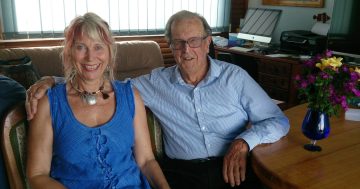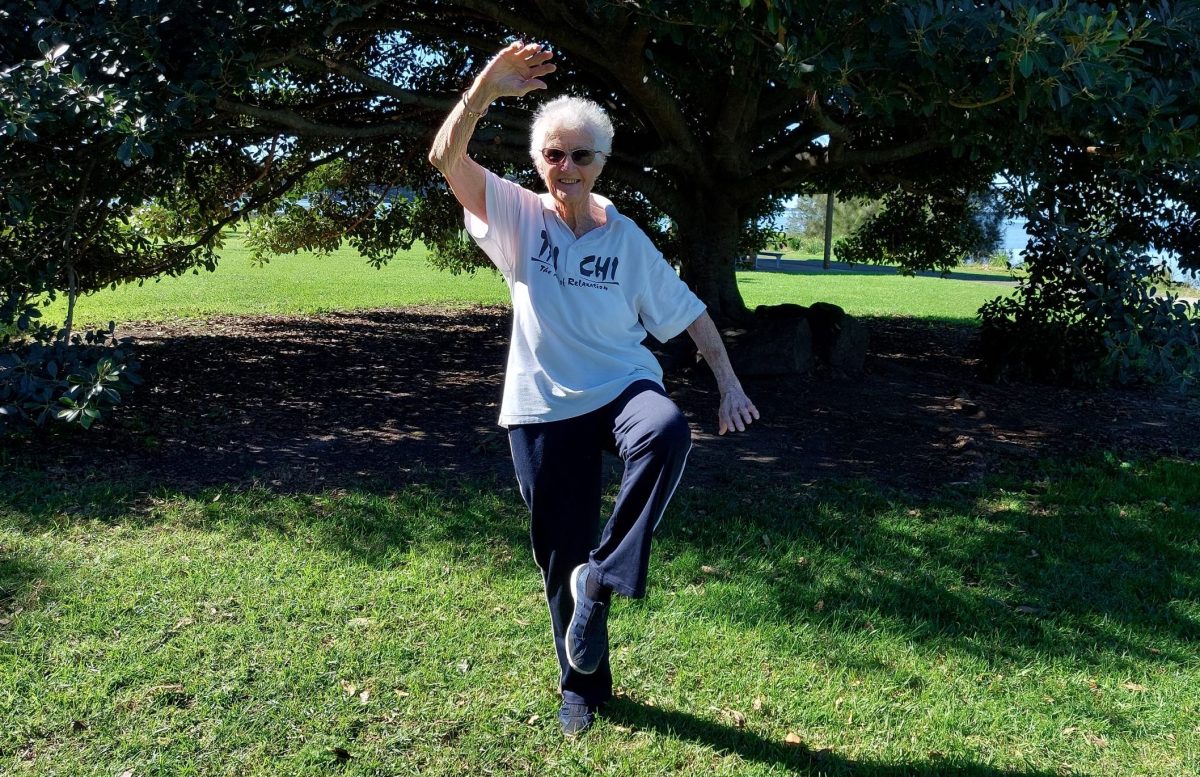
Margaret Dean practises her tai chi moves. Photo: Michele Tydd.
A chilling medical diagnosis was just the medicine for Dapto’s Margaret Dean to take action that would change the course of her life.
“I was about 50 and I’d just moved to the Illawarra from Canberra when a doctor told me my rheumatoid and bone arthritis were so bad I’d be in a wheelchair by the time I was 53,” says Margaret, who is now 83.
“I got so mad I walked out of the surgery, determined to ensure that wouldn’t happen.
“I decided to try gentle exercise to relieve my pain and because I had always loved David Caradine’s martial arts movies, I bought one of his tai chi videos and slowly learned a range of moves.”
Daily one-hour sessions of the exercise regime soon started to ease her pain and restore flexibility to a point where she became interested in teaching classes.
“It teaches you how to move, sit and stand while gently strengthening every muscle in your body,” says Margaret.
“When I was 53 – the time I was supposed to be in a wheelchair – I was in Sydney getting my accreditation to teach,” she adds with a deserved tone of satisfaction.
Margaret teaches four days a week at three locations: Dapto’s Ribbonwood Community Centre, the Uniting Elanora Shellharbour Aged Care Centre and The Watershed, a drug and alcohol recovery centre at Berkeley.
“Some of the older people in my classes have various physical ailments so I tailor the exercises so they can be adapted to ensure everybody gets a good workout,” says Margaret.
“I’ve had some lovely people in my classes over the years.
“One lady who has been coming to my Ribbonwood classes for over a decade gets dropped off by her daughter and comes in on her walker, does the class and then goes off for coffee.
“For many like her it’s a routine that maintains their mobility.”
Over the years, Margaret has made several trips to China to acquire a deeper understanding of the tai chi tradition.
“You see the elderly out in parks and various spaces moving through their routines with ease,” she says.
But it has many more benefits than improving flexibility, says Margaret.
“I noticed a few people on walkers at Elanora nursing home dragging their feet so we worked on that and in a short time there was an improvement in their gait,” she says.
Margaret is an extraordinary example of a trend in Australia over the past 15 years of people choosing to work beyond retirement.
The number of males over 65 who remained in the workforce grew from 15 per cent in 2010 to 19 per cent in 2021, according to the Australian Institute of Health and Welfare.
Over the same timeframe, females still working beyond 65 jumped from 6.9 per cent to 11.1 per cent.
Australian Bureau of Statistics in 2021 recorded slightly more than 301,000 people over 65 were employed full-time, and 317,000 were employed part-time.
Reasons for this increase vary – some people miss the mental stimulation they had while working and for others it is a financial necessity.
For Margaret, it is a bit of both.
“It’s a way to make ends meet and it’s great for mental capacity,” she says. “I’ve got 200 moves in my head, so it’s kept my faculties sharp.”









